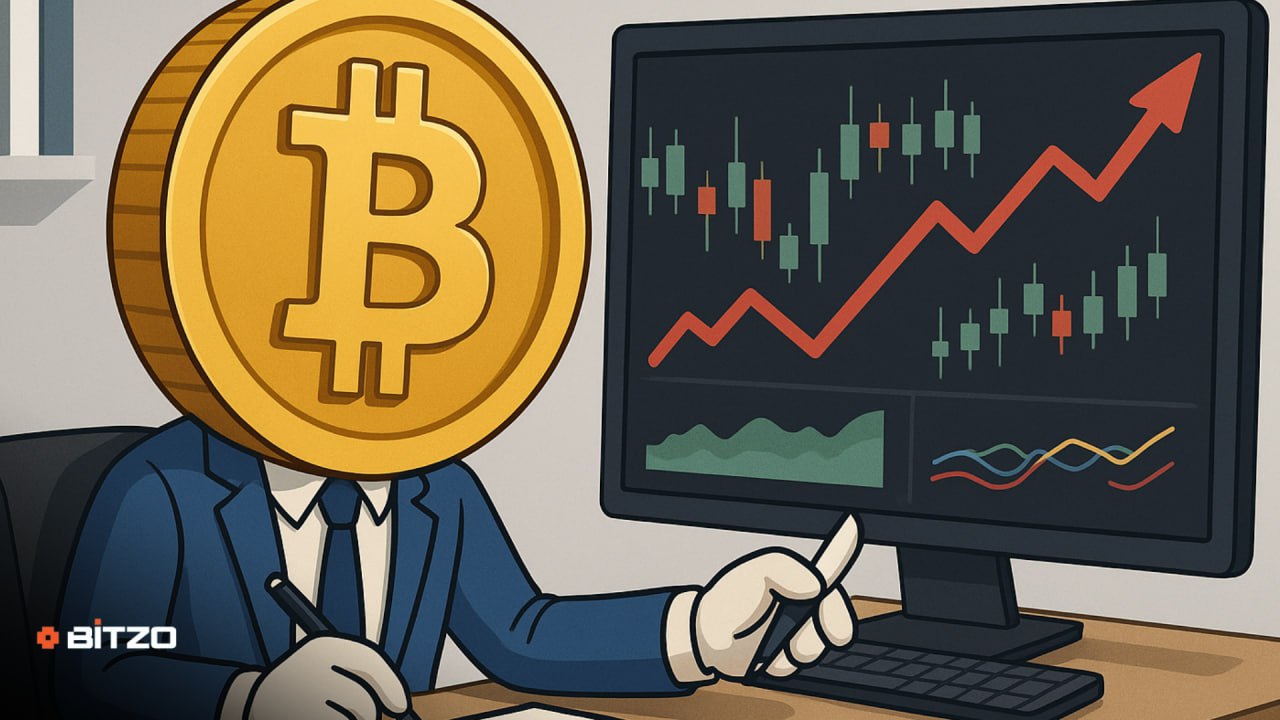Table of Contents
- Quick Overview of Moving Averages
- Understanding the Basics of Moving Averages
- Simple vs. Exponential Moving Averages: A Comparative Analysis
- Practical Application of Moving Averages in Trading
- Moving Averages in the Crypto Market
- Summing Up the Discussion
- FAQs on Moving Averages
- What's the Ideal Moving Average for Crypto?
- How Do You Calculate an EMA?
- Common Moving Average Timeframes for Crypto?
- What Insights Does a Moving Average Offer?
- Purpose of Using Moving Averages?







.png)

